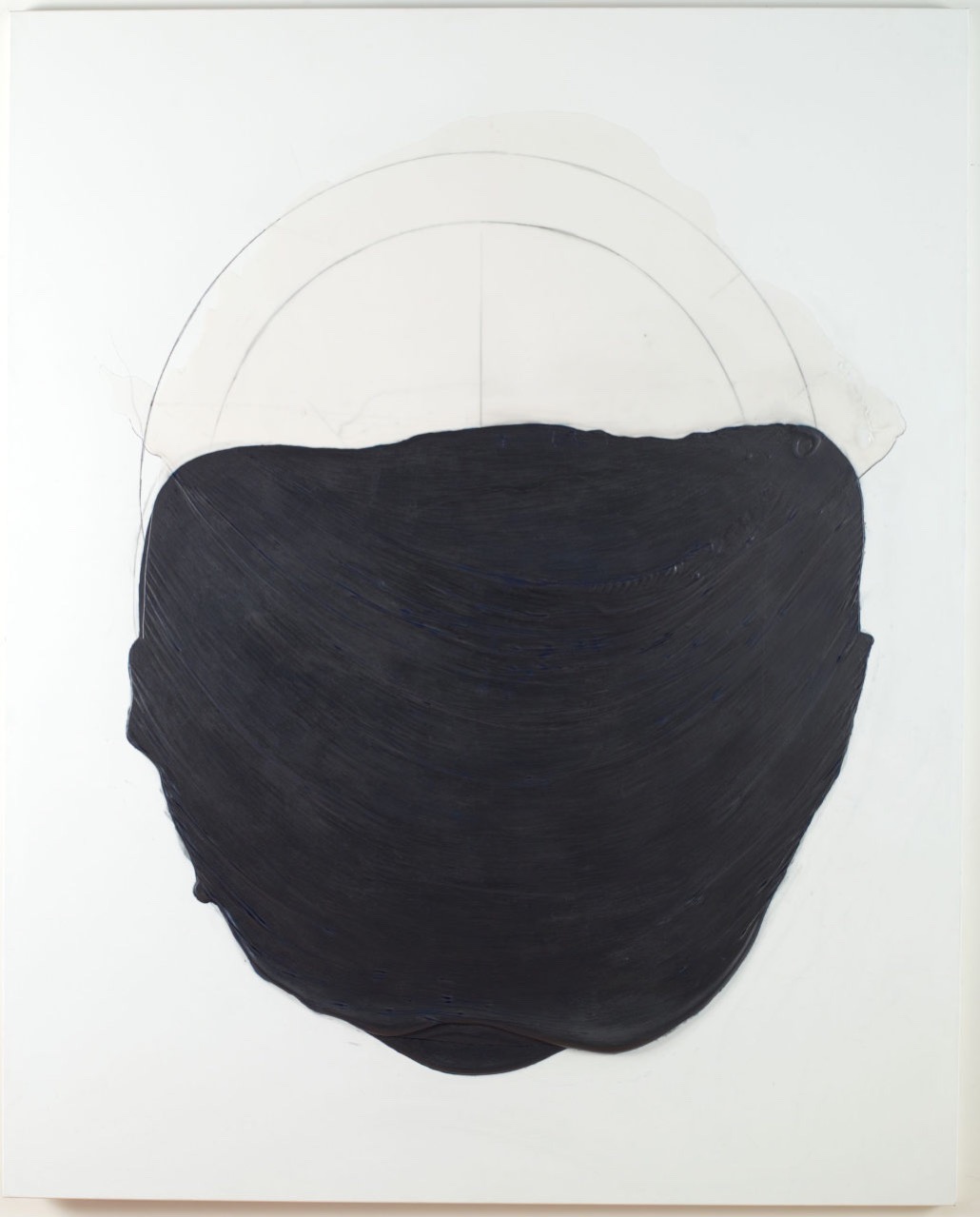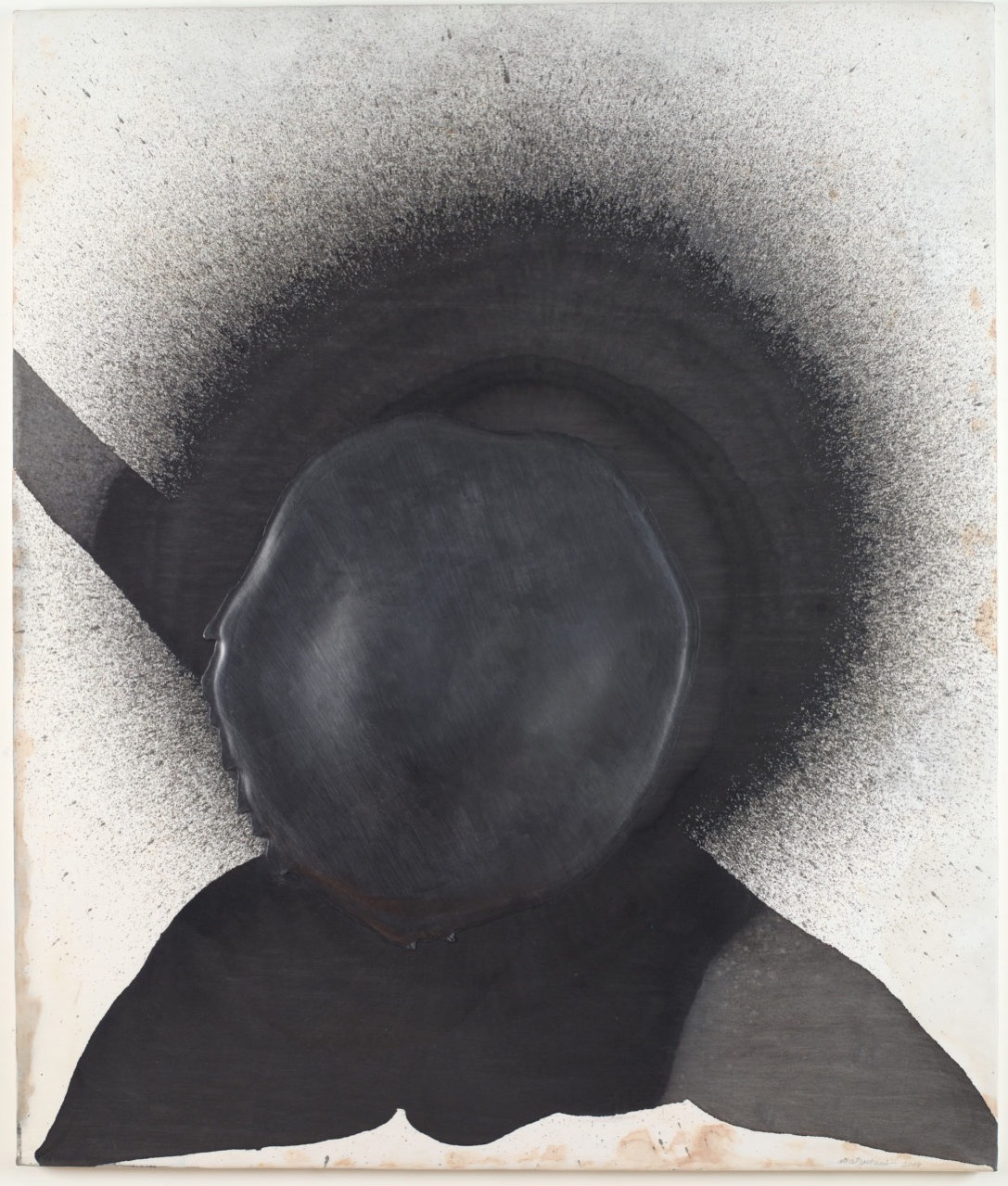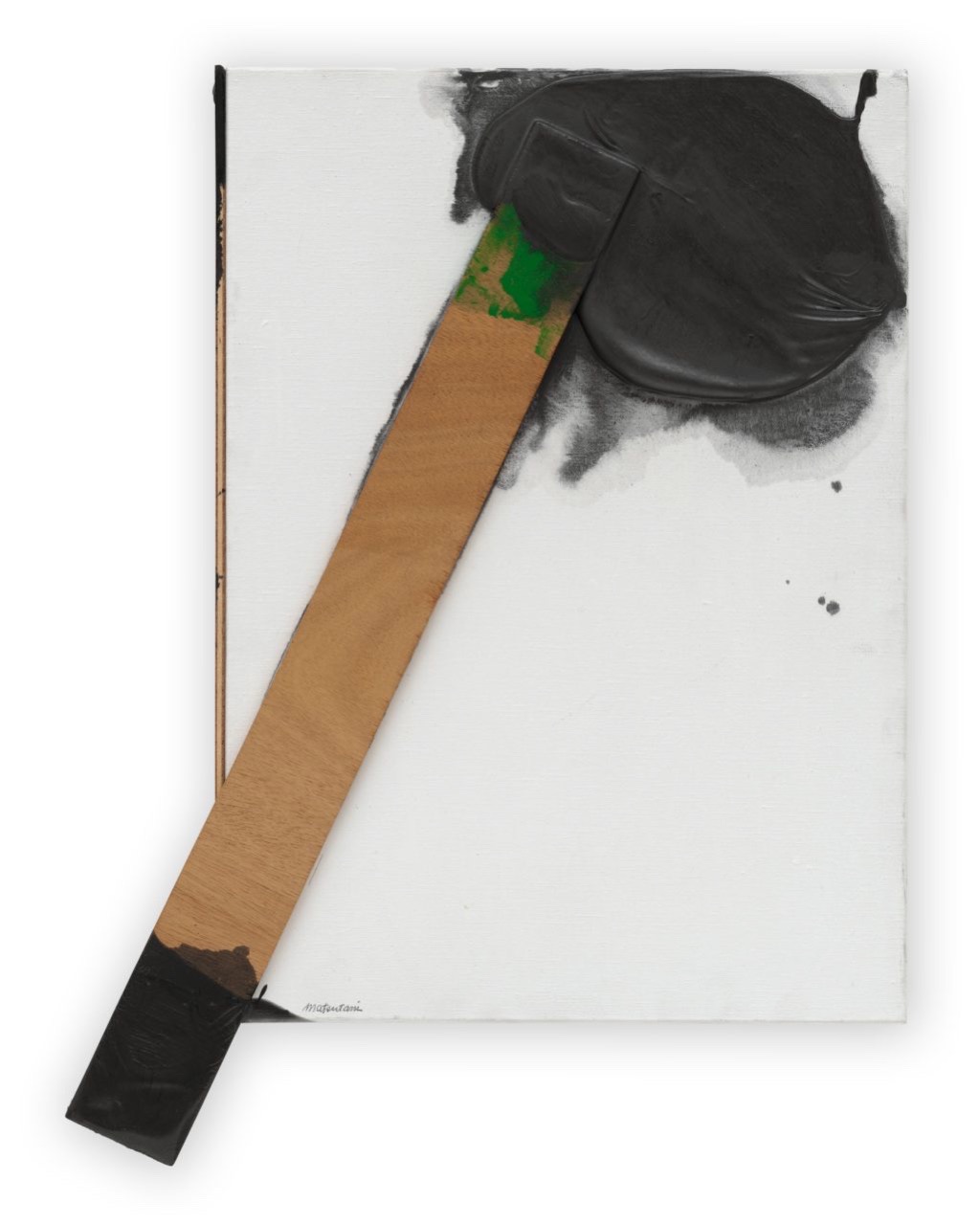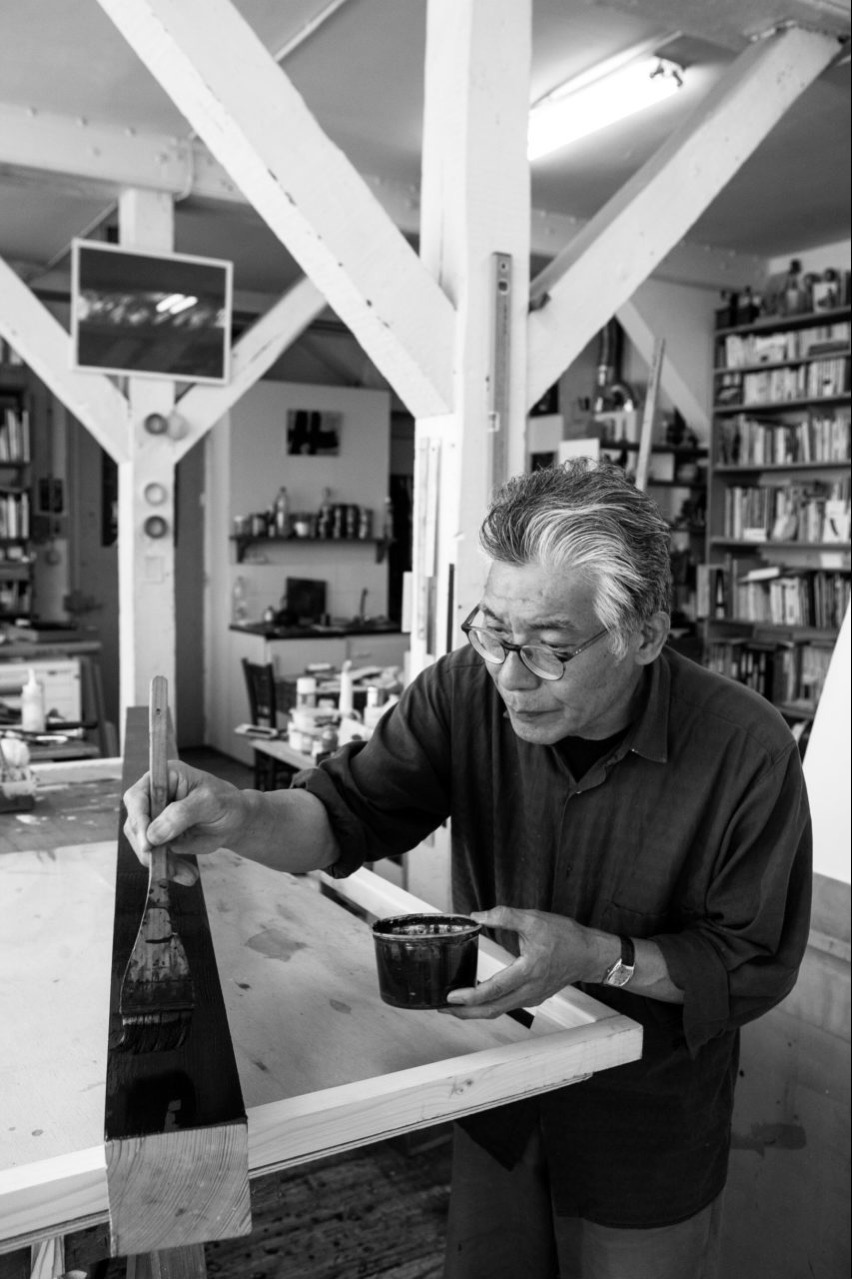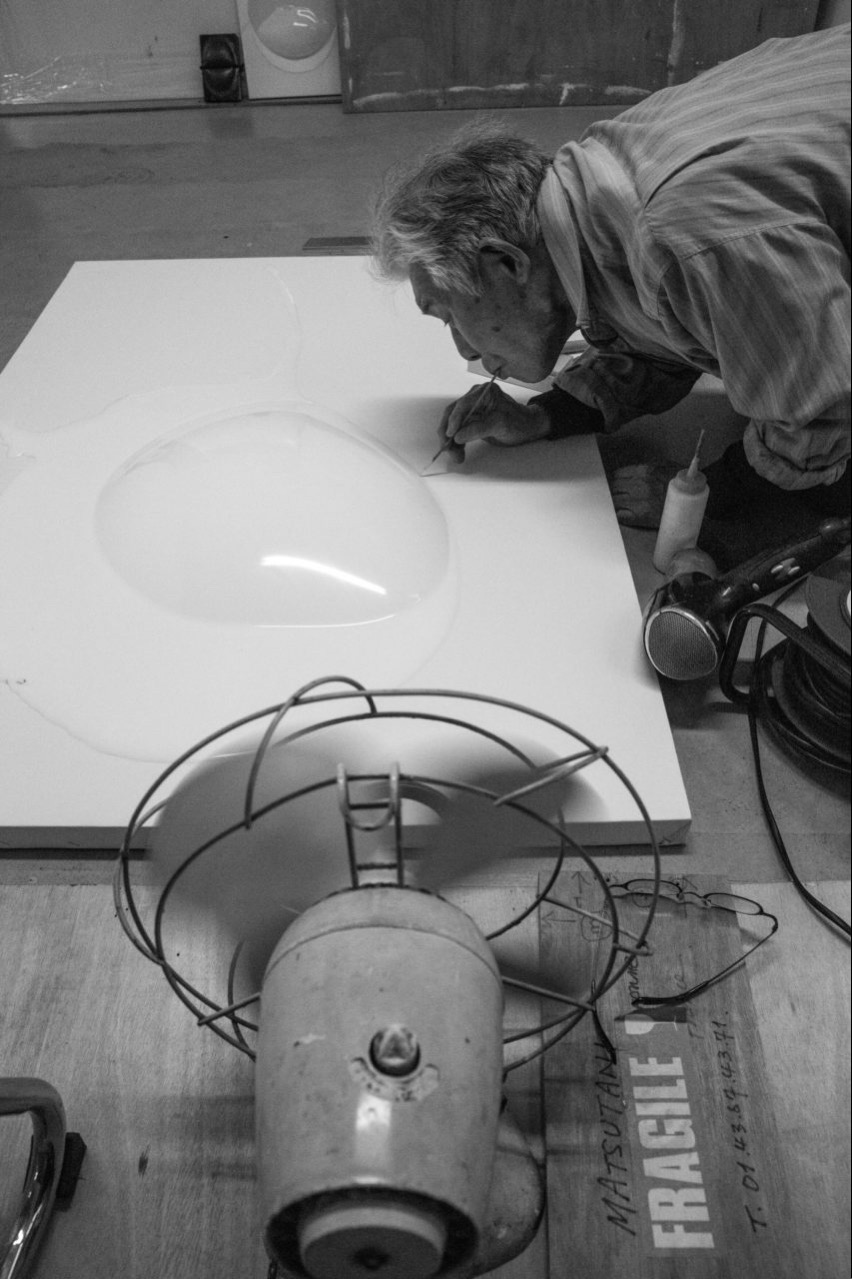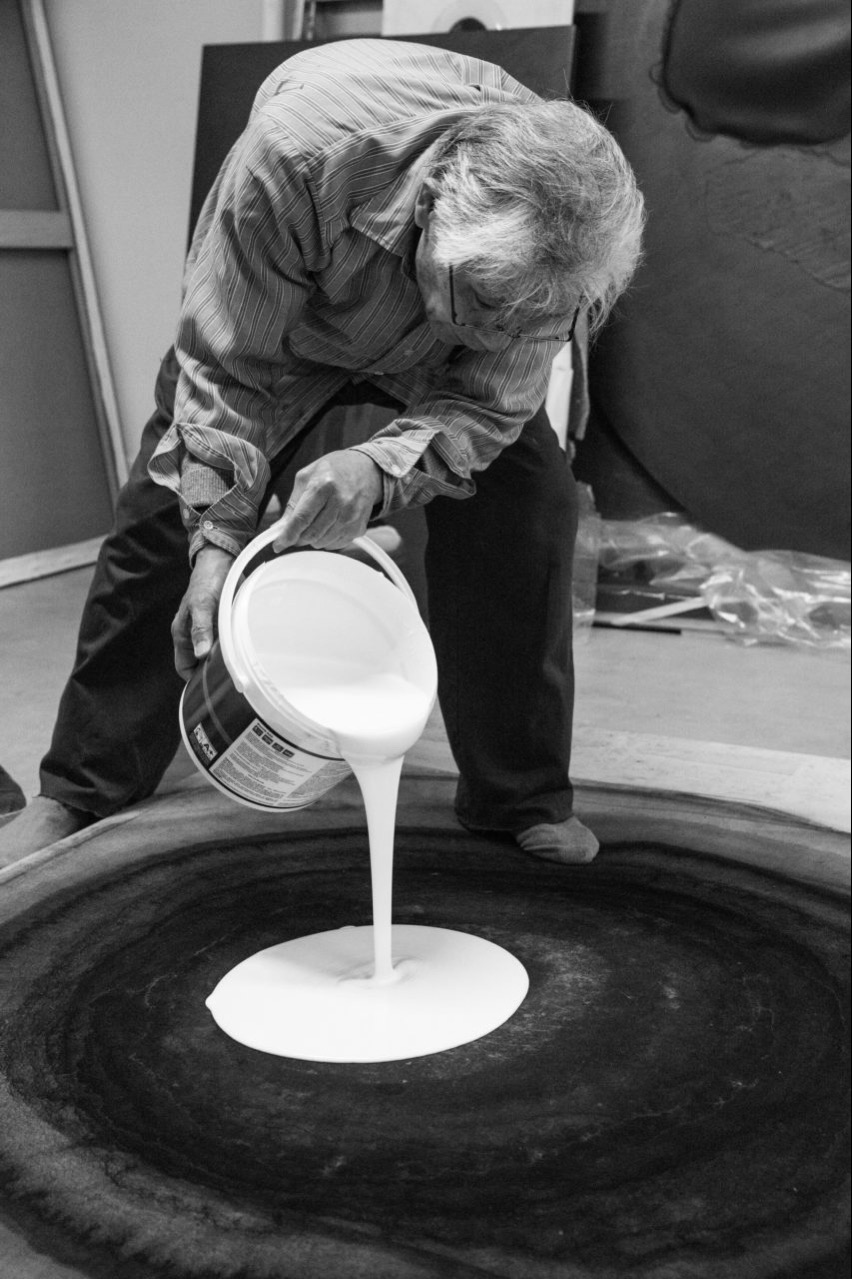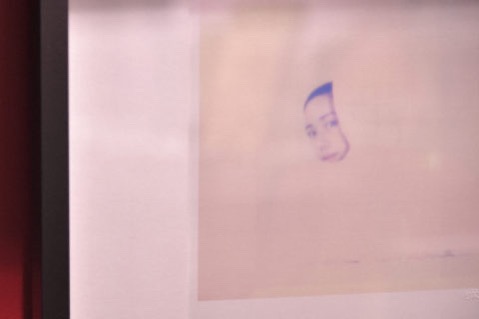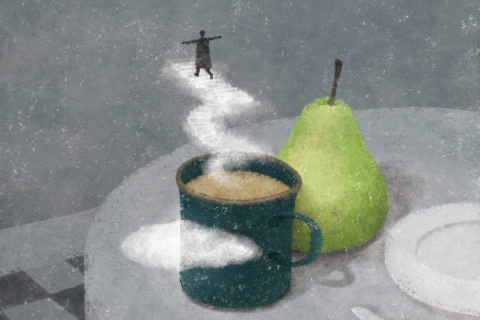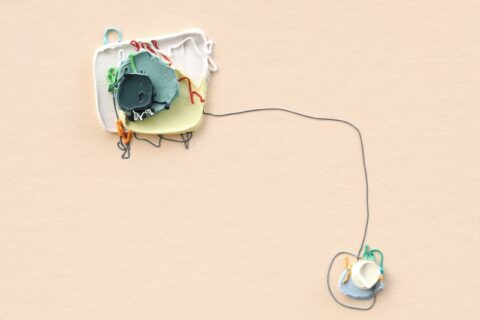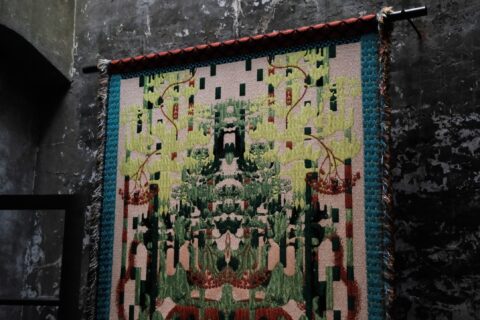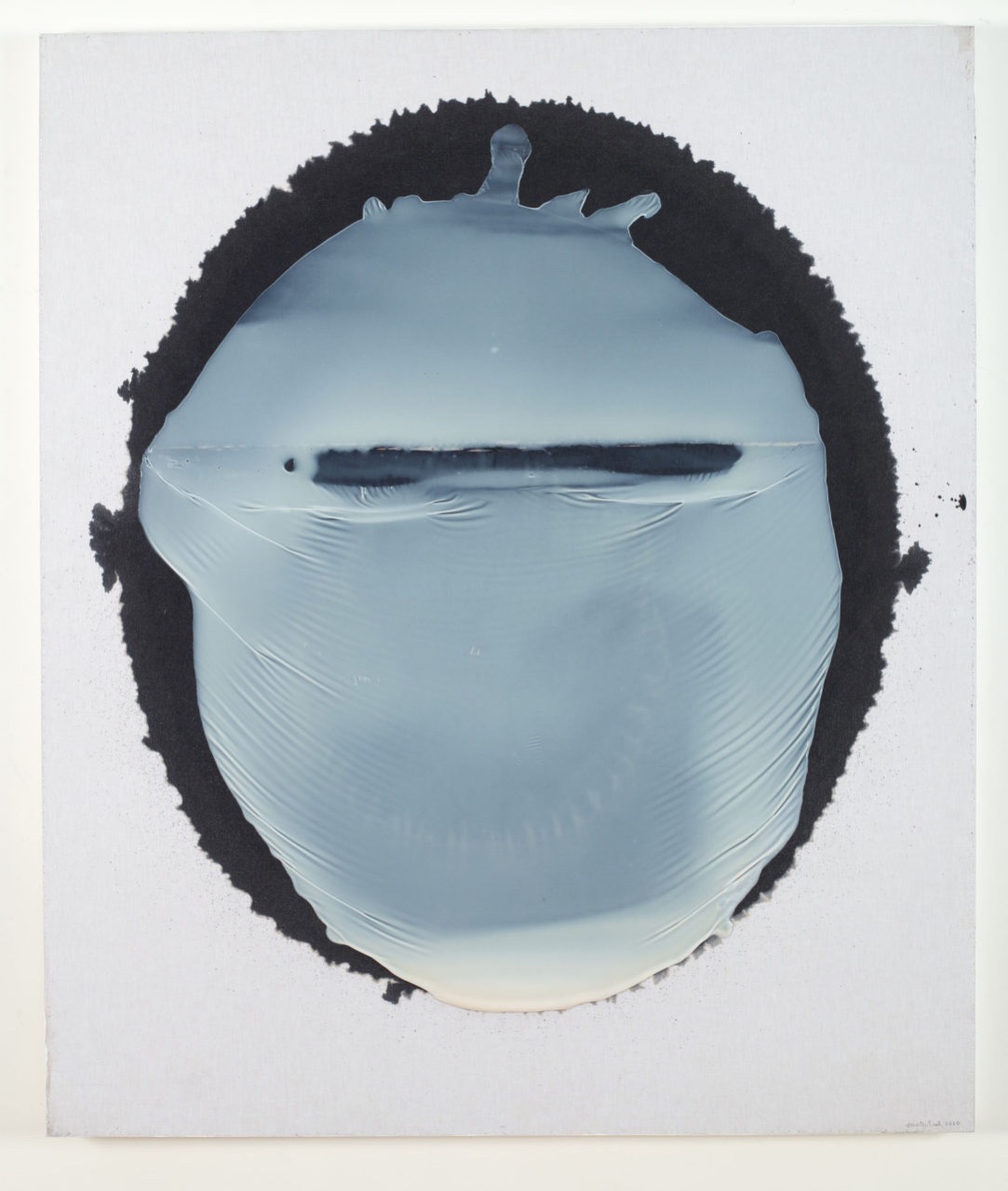
乙烯基膠水,或稱為白膠水,呈奶白色,氣味獨特但不刺鼻,能夠深入木纖維,把木材緊密地黏貼在一起,因此被木材和家具行業廣泛地使用。這種白膠水在藝術家松谷武判眼裡不止有工業的用途,它還充滿著無限可能,是他藝術創作中一種經常使用和十分重要的媒體。說起松谷武判,總會由具體派藝術說起,他不但是代表人物之一,而且發展了一套獨特、關於形式和材料的視覺語言。開始時,松谷使用風扇和自己的呼吸來控制乙烯基膠水在畫布上的移動和形狀,創造出圓潤而肉感的形狀,猶如女性的身體;切割後的氣泡加上紅色顏料,又像皮膚上的傷口。這種實驗性的創作看似在改變物料的原有個性或用途,松谷卻不是這樣想的。「具體派藝術並不改變媒體本身,而是賦予其生命。」他深受具體藝術派的理念所影響,從追求各種可能性中的衍生出全新的作品,便是藝術家渴望自由精神的體現。
在松谷武判創作的初期,他從觀察顯微鏡下的血液樣本而受到啟發,開始使用乙烯基膠水創作,在畫布試上創造圓形氣泡,後來嘗試向乙烯基膠水吹氣、切開或是用風扇吹乾,讓它自行崩塌及變成不同的形狀。奇異又感性的形態充滿了想像的空間,如作品《膨脹−1》和《膨脹−2》像一個洩氣的氣球、《圓−黃AM》猶如破碎的蛋黃,而《慢慢20−6−8》則呈現血肉與傷口的形態。這些如雕塑般的作品不但富動感,乙烯基膠水在製作過程中經澆注、風乾充氣和切割,經歷的漫長時間,具體地呈現時間的停駐與流動。
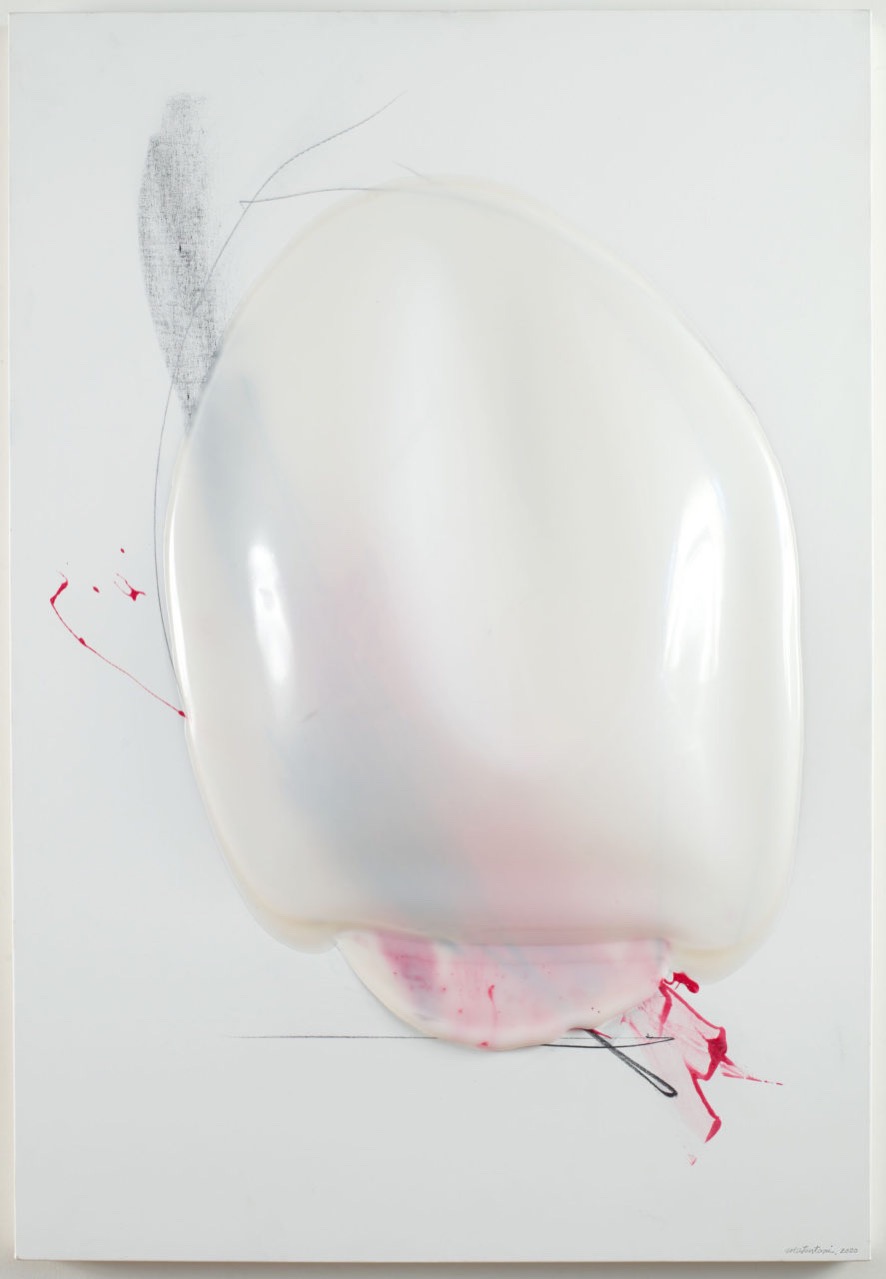
松谷於七十年代在巴黎生活時,因資源有限而不得不重新思考藝術創作的必要工具,於是他發現廉價的石墨和紙張是黑白繪畫裡最基本而直接的形式。松谷使用石墨鉛筆重複地把烯基膠水表面覆蓋,從而造成氣泡般隆起、滴落,形成奇異又優美的抽象畫風,簡潔又富動感。這種專注於黑白色的風格延續至今,冥想式的重複筆觸使作品更趨向禪意,雖然他不認為自己是藝術上的禪修者,但松谷仍相信「返璞歸真」、拒絕「系統性思考」和強調「不斷實踐」的禪宗哲學。這些抽象又帶點禪意的畫風呼應藝術家與日本傳統之間的聯繫。
首次在香港舉行個展的松谷武判將展出部分經典和全新的作品,包括混合媒體繪畫、紙上作品和物件組合等。這次展出的部分作品是松谷在疫情期間創作的,展覽可以看到他在創作生涯中的風格轉變,也能從他的作品中看到瞬間成為具體化的形態,在停下的時間裡感受日常生活的重複與流動。
Vinyl glue, also known as white glue, is a kind of adhesive glue that is widely used in the wood and furniture industries. It has a milky white color, a unique yet non-pungent smell, and is specially formulated to penetrate wood fibers. To artist Takesada Matsutani, vinyl glue doesn’t only serve industrial purposes. It is an important medium that he always uses in his artwork — a medium that embodies infinite possibilities. When talking about Takesada Matsutani, it’s difficult not to mention Gutai Group for he is one of the most representative figures in the group. Over the years, Matsutani has developed a unique visual language of form and materials. When he first started to experiment with vinyl glue, he’d use a fan and his own breath to spread air on the glue. The glue would move around on the canvas and form various shapes. For example, a round and plump shape that looks like a female body, or when he cuts open an air bubble and puts red paint over it, the result resembles a wound on the human skin. This kind of experimental creation seems to be changing the original personality or purpose of the material, but Matsutani thinks the opposite, “Gutai art does not change the material but brings it to life.” Through the pursuit of possibilities, something new is created; this is an embodiment of the artist’s desire for freedom.
Matsutani got the inspiration to use vinyl glue as a medium from the experience of observing blood samples through a microscope. This enlightenment happened early in his career. Since then, he’s been experimenting with vinyl glue. He’d use glue to create circles and bubbles on the canvas, then blow on them, cut them, or use a fan to blow dry them, and eventually they would collapse and form different shapes. The results are bizarre and sensuous with infinite interpretations lying within. For example, the art pieces, Puffed up-1 and Puffed up-2, are like deflating balloons; Circle-Yellow A.M. is like a broken egg yolk; and Slow Slow 20-6-8 symbolizes flesh, blood, and wound. Matsutani’s works are sculptural and dynamic. The long hours it takes to pour, dry, inflate, and cut the vinyl glue infuse the work with a sense of fluidity and passing of time.
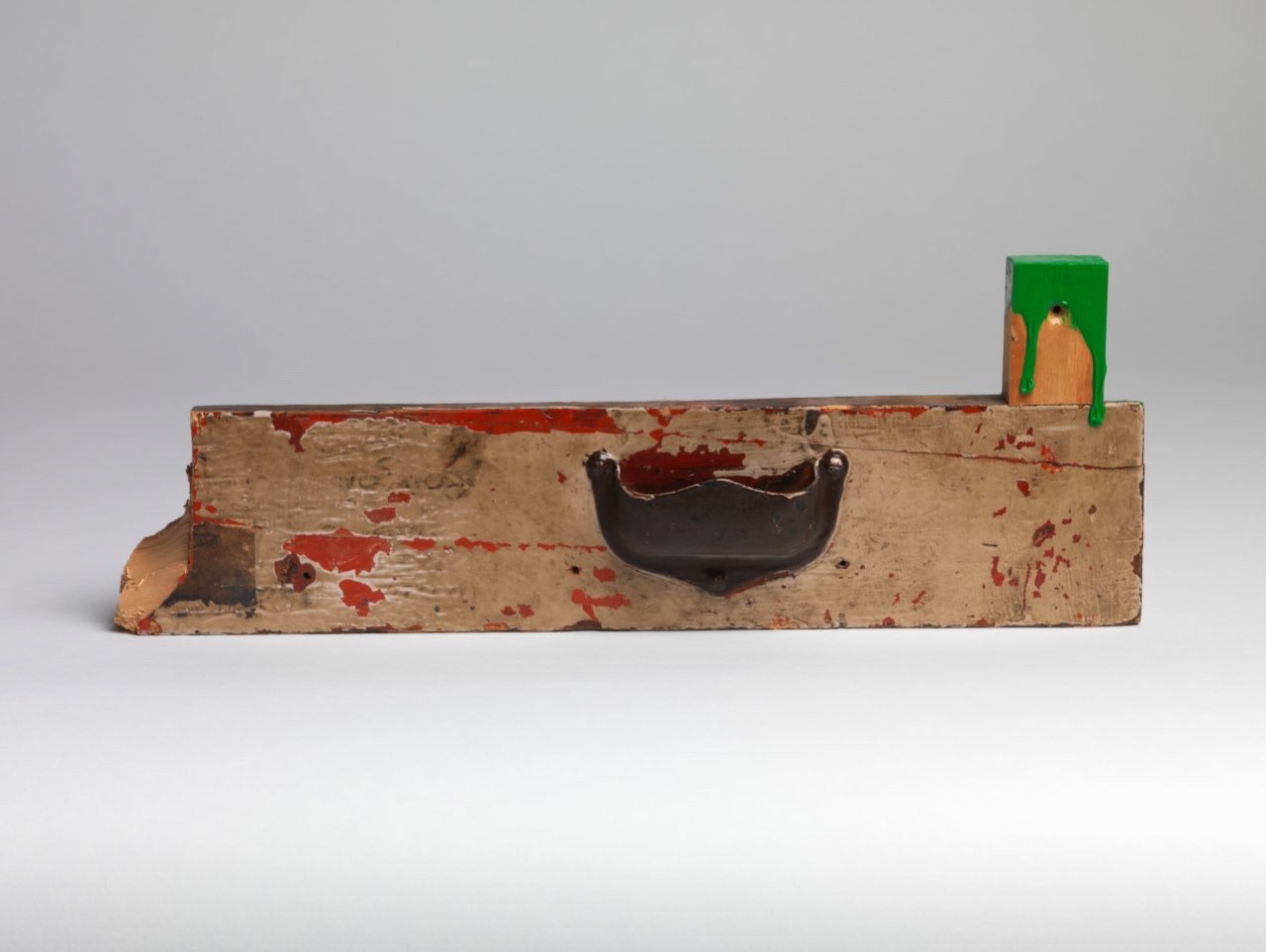
During the 1970’s, Matsutani was living in Paris with very limited resources. It forced him to rethink the essential tools that he needed for art-making. He discovered that inexpensive graphite and paper were actually the most basic necessities required for black and white painting. Matsutani would repeatedly paint over the vinyl glue with graphite causing bubbles to bulge and deflate. The end-results were both abstract and beautiful, simple and dynamic. Decades have passed and his focus on creating black and white art continues to this day. Although Matsutani doesn’t consider himself a Zen practitioner in his art, he believes in the philosophy of ‘returning to simplicity,’ rejects ‘systematic thinking’, puts an emphasis on ‘a constant moment-to-moment praxis’, and his repetitive and seemingly meditative brushstrokes bring a sense of Zen to his work. His abstract style and Zen-like approach could be seen as a revisit to his traditional japanese art background.
The first solo exhibition of Matsutani in Hong Kong includes some of his most iconic work as well as some new pieces created during the pandemic including new mixed-media paintings, works on paper, and assemblages. Through this collection of work, visitors can witness how the artist’s style has evolved over time. The exhibition will also allow visitors to acknowledge the repetition and fluidity of everyday life and take in how a suspended moment is materialized and turned into the form of arts.
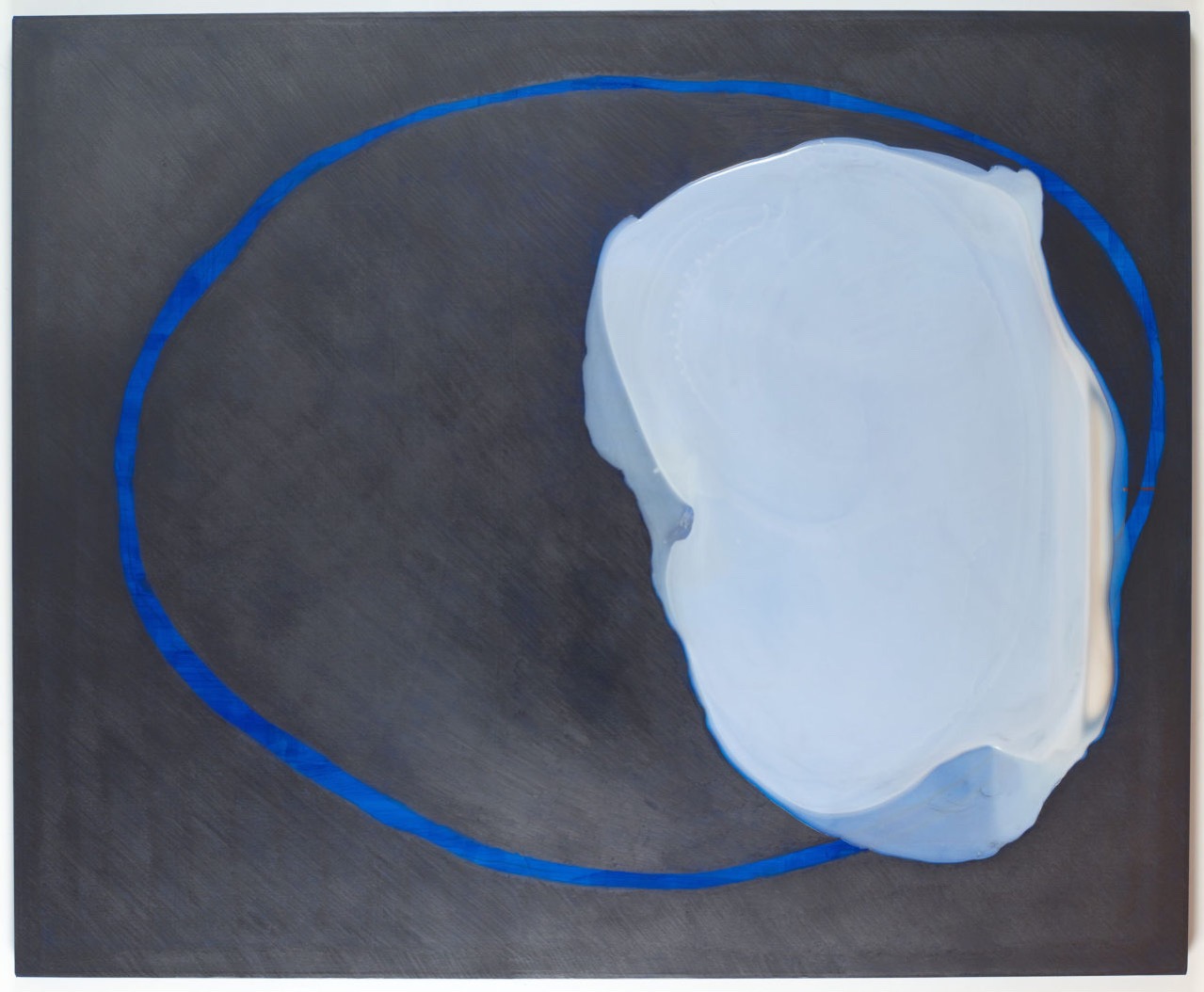
Takesada Matsutani solo exhibition
Hauser & Wirth Hong Kong
29 October 2020 – 11 February 2021



